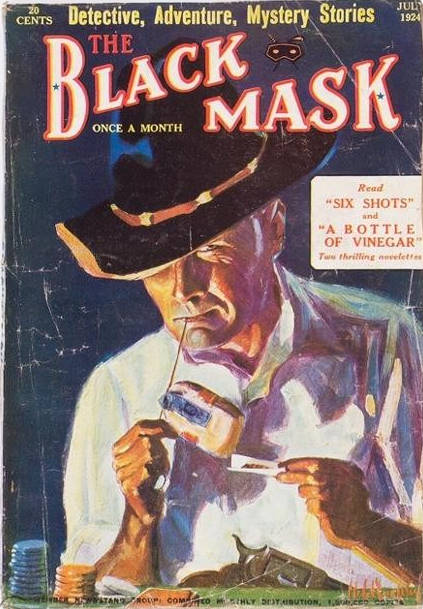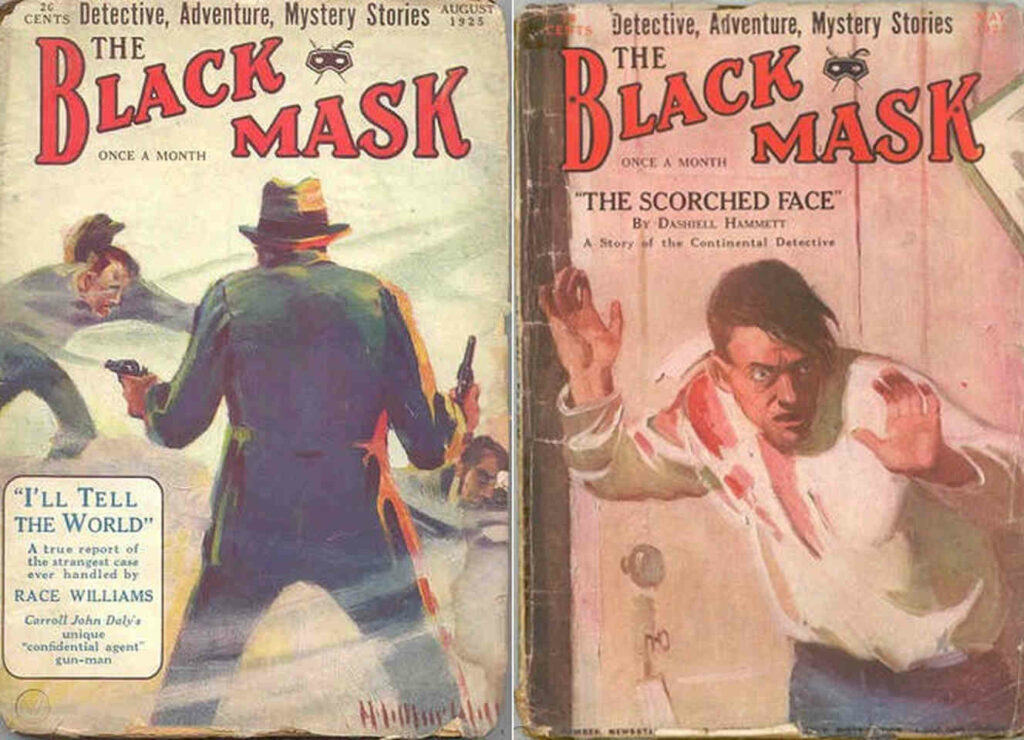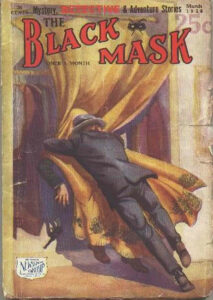When Sutton left, Phil Cody, the circulation manager, was asked to take over the magazine. How did he do? Read on and find out.
Philip Camp Cody, son of lawyer Frank and homemaker Mary Cody of Philadelphia, PA was born in 1887. He graduated from UPenn in 1908, and while I’m sure the yearbook for that year has a picture of him, I haven’t been able to locate a copy. Perhaps a reader can help.
After graduation, Cody worked as a realtor and journalist in Texas from 1910-13, when he sold his realty business and left for New York. There he became a marketing manager for New York newspapers and then worked with Advertising & Selling as circulation manager. He joined Eltinge Warner’s Field & Stream in 1920, where he was spread thinly across Warner’s stable of magazines. His official title was vice president and general manager.
He came up with a scheme to give badges of merit from Field and Stream to hunters and anglers who made extremely large or notable catches. He also frequently sent letters to local newspapers eulogizing locals who had received badges or had articles printed in the magazine. These newspapers, glad for any local news, printed these letters and never failed to mention Field and Stream, giving the magazine free publicity. Cody also arranged tie-ins with movie releases to advertise Warner’s magazines.
On Black Mask’s contents page, he was listed as circulation manager, and he wrote letters to authors, Hammett among them, offering editorial advice well before he took over that role. Cody’s first change was to return the magazine to monthly publication with the May issue. If it was losing money, at least now it would do it at half the earlier rate.

(Cover by H. C. Murphy)
He also put a stop to horror stories and added westerns. The June issue was the first with a western cover; western covers would grace many 1920s issues from then on. The covers were no longer poster-style, they were switched back to gouache paintings. In the cover department, Cody’s best move was to bring in Fred Craft, near the end of his tenure. Cover themes changed; adventure covers were on the way out; the man with a gun made his entrance. Seven issues in Cody’s first twelve months featured a man with a gun, four of which were western covers.
Early in his tenure, and no doubt under Cody’s guidance, Harry North rejected two of Hammett’s stories for not being up to Hammett’s usual standards. Later Cody printed Hammett’s letter of thanks in the magazine, advising authors to keep up high standards instead of cashing in quickly on a series. Working with new talents like Erle Stanley Gardner, Tom Curry, Nels Leroy Jorgensen and Raoul Whitfield, Cody built up new series to replace horror stories. Adventure stories still appeared, and the magazine’s subhead still read “Detective, Adventure, Mystery Stories” till the September 1926 issue, when it became “Western, DETECTIVE and Adventure Stories”.

I believe Cody’s plan was to alternate Hammett and Daly as headliners on the cover, adding in new talents like Erle Stanley Gardner as they proved able to consistently deliver what was needed. This way, he would have a stable of writers that readers would recognize while not depending too much on any one of them. It would also mean that readers wouldn’t get fatigued with series quickly. It was a plan that had worked for other pulps.
Unfortunately, it meant that Hammett and Daly had their income cut. They switched to writing longer stories, which meant there was more room for character and plot development. The general tenor of stories improved. Newer writers like Gardner and Tom Curry, a 1925 debutant, were patient with Cody as they saw this as an opportunity to learn their craft. But Daly and Hammett, both full time writers, felt the loss of income to a greater extent. Daly knew that readers craved his stuff and felt that the editorial policy was wrong. Hammett had had his Veteran’s Administration disability supplement recently cancelled and felt the loss deeply, particularly as his family was growing.
Hammett asked for a penny a word increase in his per-word rate. Since he was already being paid the top rate for the magazine, an exception would have to be made. Cody discussed this with his publisher, Eltinge Warner. Warner refused. Hammett left the magazine, his last story was The Creeping Siamese in the March 1926 issue.

Cody must have been desperately looking for a replacement. He had grown the circulation to 70,000 issues a month but editor was a full-time job, and he could only do so much. The time was ripe for the right man to develop the magazine further.
Thanks for this article on Phil Cody as editor. It will be interesting to read your essay on Joseph Shaw who took over around October 1926. He realized the importance of the Hammett style and encouraged other writers to learn from it. I know Gardner resented this but I believe Shaw was absolutely correct in holding up Hammett as a prime example of the hard boiled style.
Coming next week will be a review of a Phil Cody edited issue. After that comes the article on Shaw.